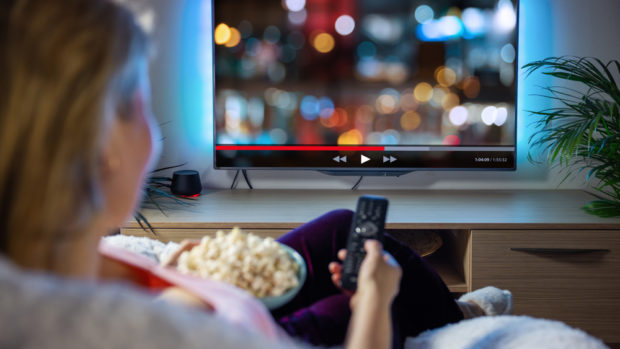
Meta Platforms, the owner of Facebook, for the first time in its quarterly financial reporting history found itself in very unknown territory – passing on bad news to the markets. This update resulted in the company share price plummeting by 26.4 per cent in one day leaving Mark Zuckerberg struggling by on a reduced $90billion estimated personal net worth.
The primary drivers behind this extreme nervousness from Investors is two-fold – reduced daily users on the Facebook platform that are clearly now being attracted to younger and more desirable competing social media platforms, including TikTok, and also a significant drop in advertising revenue.
Since the introduction of the App Tracking Transparency Policy by Apple in April 2021 the effectiveness of Facebook advertising has been materially reduced. Many consumers opted for privacy in the iOS Apple update last year, therefore greatly reducing the amount of information that Facebook can collect on their users for targeting purposes. This was previously their standout strength as a media owner. This has made Facebook a much blunter advertising proposition for many companies and brands that primarily measure success by the hard financial metric of Return on Advertising Spend (ROAS).
By way of comparison, since the onset of the pandemic in March 2020 direct response television (DRTV) advertising has experienced a significant renaissance with markedly increased viewing audiences, especially during daytime, lower commensurate media rates and a growing consumer propensity for online shopping for products and services.
Many established and new DRTV advertisers are now seeing record profitable ROAS from their broadcast activities with some recent campaigns in Quarter Four 2021 producing a ROAS of over £10 sales for every £1 invested on DRTV airtime.
Prior to the pandemic linear TV was, in some circles, being written off as yesterday’s marketing. A huge amount of brand investment was migrating to digital media buying activity and in particular, paid for social media. However, this marked shift in 2021 looks set to be here for the long term, and many brands are now looking to the potential of DRTV advertising to grow their businesses profitably whilst concurrently driving mass awareness.
Times are certainly changing in this new privacy restricted dawn.







Share